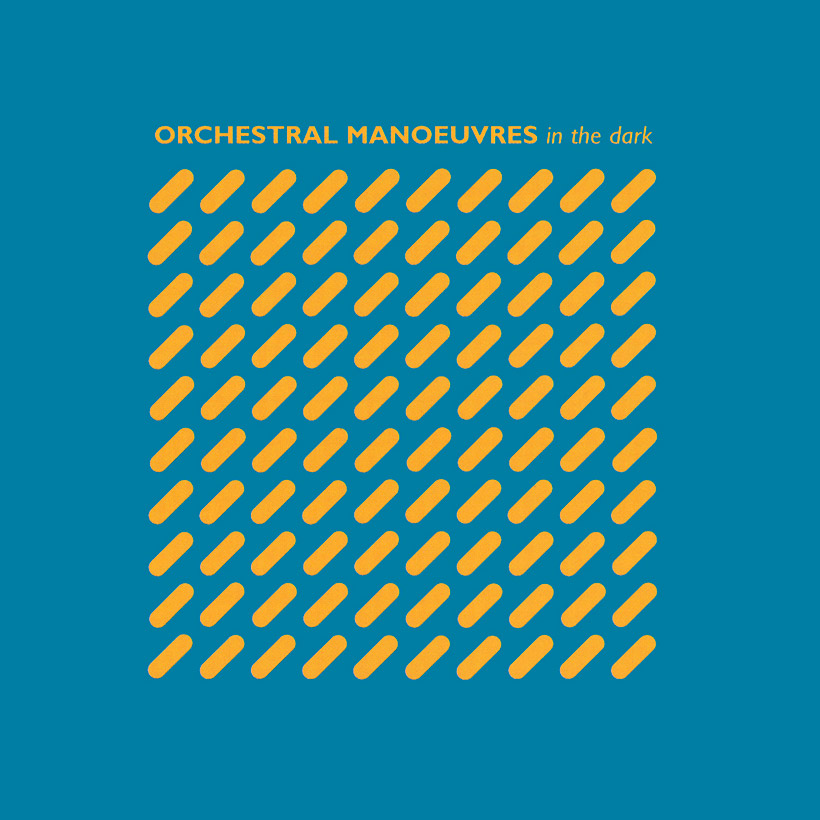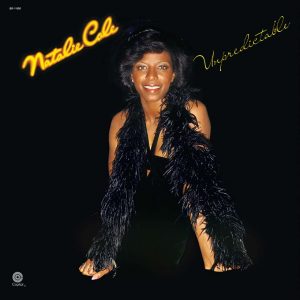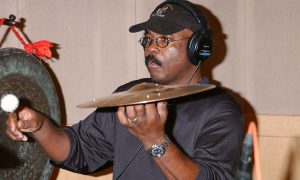Aside from attracting widespread critical acclaim, Orchestral Manoeuvres In The Dark’s debut single, “Electricity,” led to the band signing a major record deal with Virgin Records subsidiary Dindisc in the autumn of 1979, which led to the release of their self-titled debut album early the following year.
The recording of the captivating, Kraftwerk-esque “Electricity” was overseen by Factory’s in-house producer, Martin Hannett, whose revolutionary methodology on Joy Division’s highly-acclaimed debut album, Unknown Pleasures, ensured his was a hip name to drop – both then and now. However, while OMD were impressed by Hannett’s maverick approach, they knew he wouldn’t be manning the console for the album.
“We were a bit intimidated by him,” bassist/vocalist Andy McCluskey explains. “We ended up using our self-produced version of ‘Electricity’ for the Factory single, because Martin’s version was too lush, and he also washed [its B-side] ‘Almost’ in reverb, making it far more ambient than we’d envisaged. With hindsight, what he did [to ‘Almost’] was beautiful and I did eventually come to love it. But ultimately, Martin wanted to impose his vision of our music on us whether we liked it or not – and we already had a clear idea of how we wanted Orchestral Manoeuvres In The Dark to sound.”
Listen to Orchestral Manoeuvres In The Dark’s debut album on Apple Music and Spotify.
A whole new palette of sounds
When they pieced together their debut album, OMD were still a duo featuring McCluskey and keyboardist/co-songwriter Paul Humphreys, though their minimal synth-pop was fleshed out by the pre-recorded sounds they’d saved on Winston, their reel-to-reel tape recorder. However, as “Electricity” and “Almost” had already shown, the Merseyside duo were learning to craft something truly sublime from the primitive resources at their disposal.
“All we had at that stage was a Korg Micro-Preset synth – which we’d bought cheaply from a Kay’s shopping catalogue – along with a Korg MS-20 and a Roland FH-1 synth,” Humphreys reveals. “It was all really basic stuff, but while it wasn’t sophisticated, it still opened up a whole new palette of sounds for us. That gear formed the bedrock of both Orchestral Manoeuvres In The Dark and [second album] Organisation.”
Respecting OMD’s vision – and aware they had more in the tank of the caliber of “Electricity” – Dindisc made a radical decision: they offered Humphreys and McCluskey the chance to not only self-produce their debut album, but also agreed to finance building a studio to record it.
Consequently, after they finished their first UK tour supporting Gary Numan, OMD rapidly assembled their facility – dubbed the Gramophone Suite – on the first floor of an old warehouse in Liverpool’s city center. Wasting no time at all, Humphreys and McCluskey proceeded to record Orchestral Manoeuvres In The Dark, delivering it to Dindisc by Christmas 1979.
“I really love all the songs on it”
“In retrospect, it seems incredible a major record label would give two 19-year-olds 30 grand and say, ‘Yeah, build your own studio and make your own record, without any A&R involvement or anything,’” McCluskey laughs. “But essentially, we were budgeting for failure. We were so utterly sure we wouldn’t sell any records we thought it was practical to spend the money on the studio. That way, we thought we’d at least have somewhere to record when we got dropped.”
OMD’s pragmatism, however, belied the fact they were sitting on a landmark piece of work. Taking in everything from the motorik, Neu!-esque “Mystereality” to the mesmeric, mantra-like “The Messerschmitt Twins” and “Dancing”’s abstract bossa nova, Orchestral Manoeuvres In The Dark was full of beguilingly brittle electronic pop songs – most of which Humphreys and McCluskey had long since honed to near-perfection in their original rehearsal space at Humphreys’ mother’s house. As a bonus, their innovative debut album also came housed in a memorable sleeve designed by Peter Saville and Ben Kelly which went on to win a Designers And Art Directors Award.
“Ben had designed a door for a shop in London’s Covent Garden which had this die-cut metal grille and he suggested Peter have a look at it,” McCluskey says. “As soon as he saw it, Peter knew the hi-tech die-cut design would be perfect for our album cover. To this day, I’m still convinced half the people who bought it were primarily seduced by the sleeve!”
“Nobody was going to stop us”
When Orchestral Manoeuvres In The Dark was released, on February 22, 1980, the media quickly realized it was a keeper. Typical of the positive press which greeted its arrival, NME’s Paul Morley enthused, “How fine and different their melodies can be… OMD’s debut LP is one of the best of the year.” With the positive praise translating into sales, the album peaked at No.27 on the UK Top 40 before yielding the duo’s first gold disc.
Further success followed in the early summer of 1980, when a robust, re-recorded version of another album highlight – the haunting “Messages” – rewarded OMD with their first UK Top 20 hit, effectively launching the band into the mainstream and ensuring their longevity.
“Looking back on it, I’m really proud of that first album and I actually really love all the songs on it,” McCluskey reflects.
“To me, it sounds like a glorified garage recording, but it has a naïve charm which I still really enjoy. They were songs we’d been writing since the age of 16 and we distilled it down to what we wanted it to sound like. We were young, determined and idealistic – and absolutely nobody was going to stop us.”
This piece was first published in 2020. We are re-publishing this interview today in celebration of the anniversary of the album’s release. OMD’s career-spanning box set, Souvenir can be bought here.




